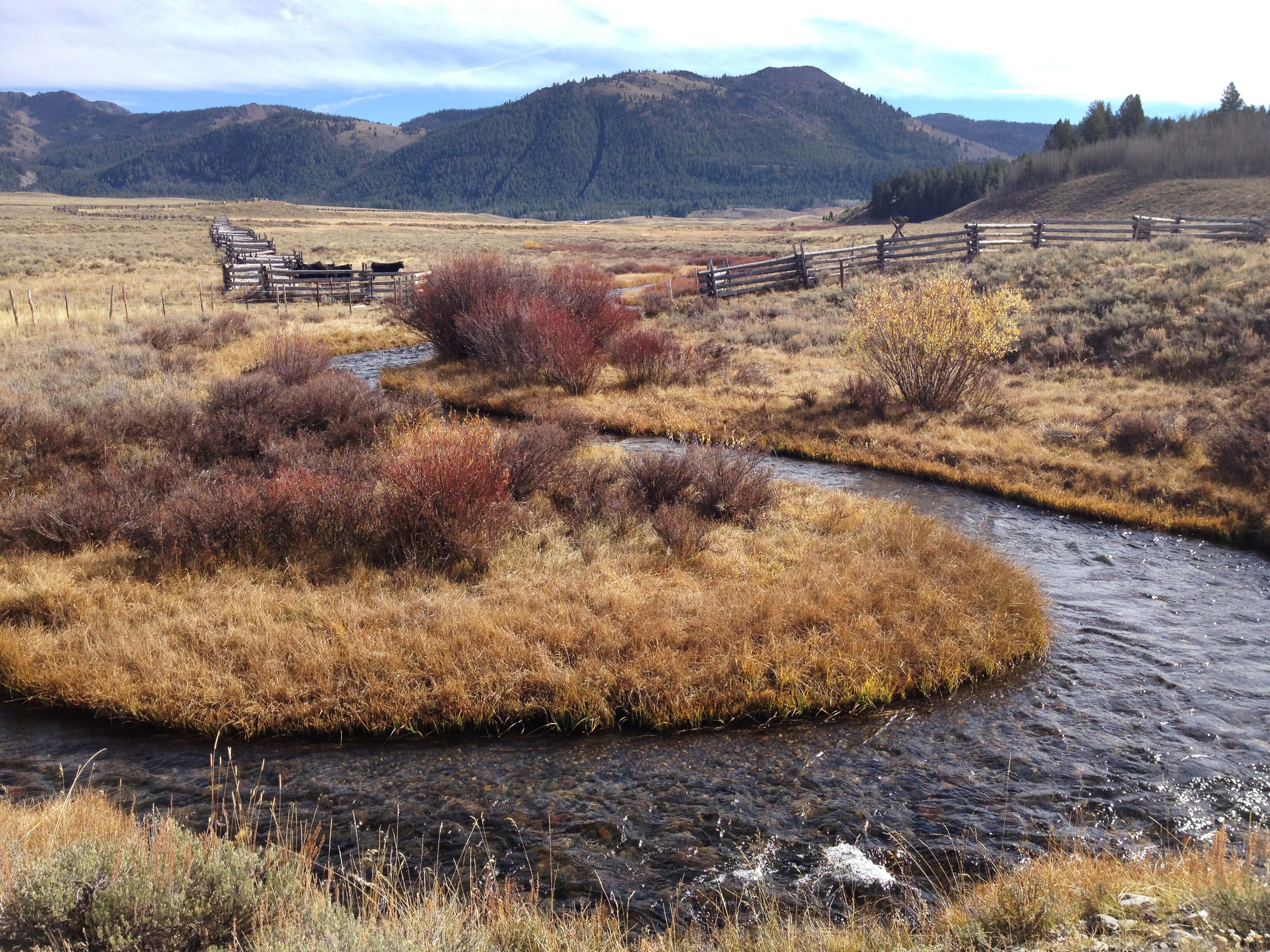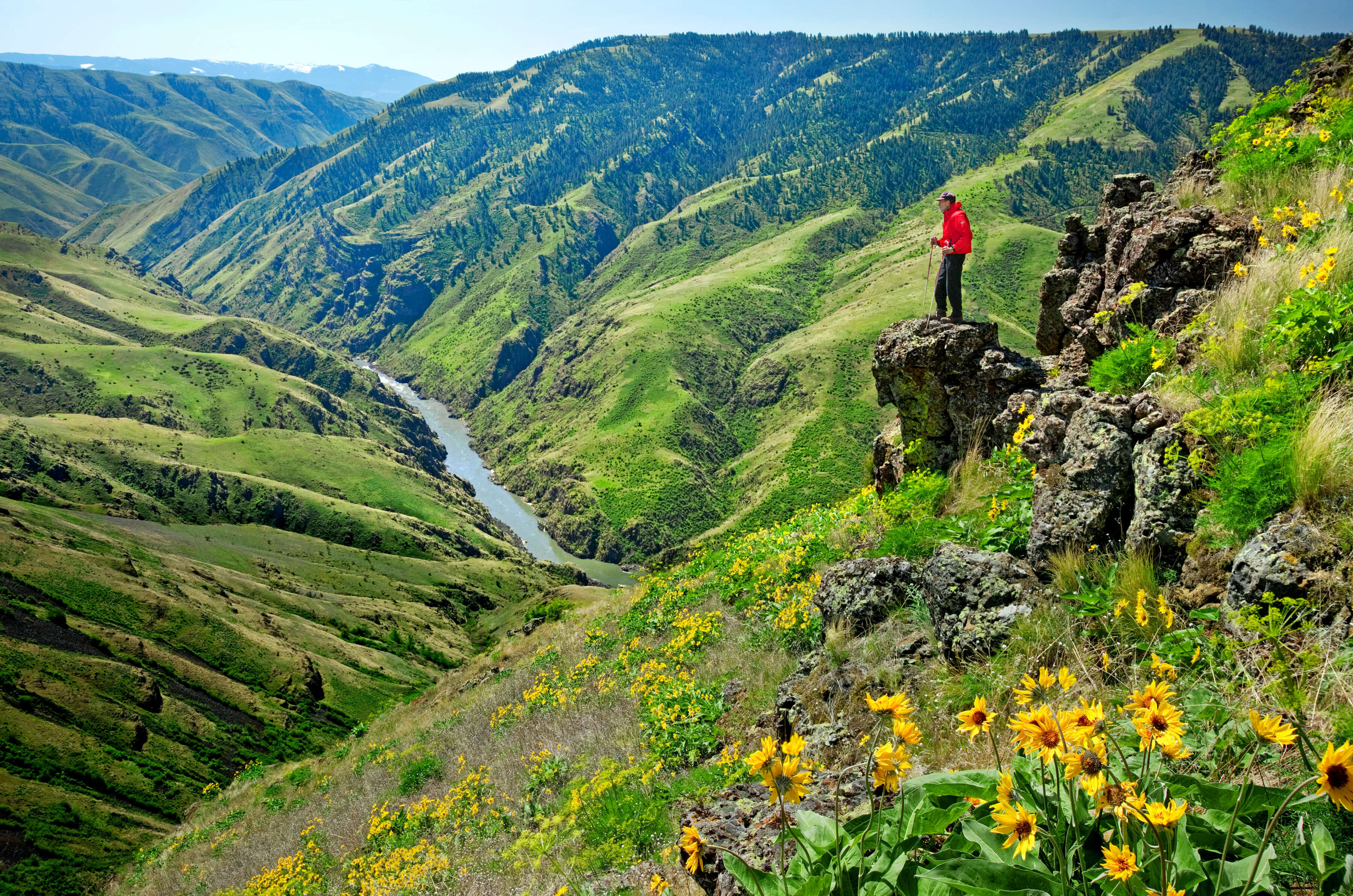Idaho’s Salmon River plays host to one of the greatest fish migrations on earth: the annual return of salmon and steelhead to their spawning grounds high in the Rocky Mountains, thousands of feet above sea level and hundreds of miles from the ocean. Today, simply to reach the Salmon River, migrating fish must navigate eight dams on the Snake and Columbia Rivers. After their long journey, these fish finally reach their natal streams in the headwaters of the Sawtooth National Recreation Area, in Idaho’s Stanley Basin. Here, the snowcapped peaks of the Sawtooth Mountains tower over small tributary streams that provide crucial habitat for Chinook and sockeye salmon, steelhead and bull trout. In October 2016, Western Rivers Conservancy conserved 619 acres on one of these streams, a key Salmon River tributary called Pole Creek. Unlike tributaries on the western side of the Sawtooth Valley, which have granite streambeds, Pole Creek is sedimentary and volcanic in origin, which means more nutrients for insects and riparian life. This unique geology is what makes the stream especially important, and Pole Creek has extensive designated Critical Habitat for Chinook, steelhead and bull trout.
The Sawtooth National Forest ranked Pole Creek its highest priority for recovery due both to this richness of habitat and its potential for restoration. In 2011, Pole Creek was identified as one of two Focus Watersheds within the Sawtooth National Forest for restoration. Since that time, the US Forest Service has removed three culverts that block fish passage in Pole Creek, and local and national organizations have worked to extensively restore the stream. Additionally, a $2 million project involving ten government agencies is being implemented to increase base flows in Pole Creek during irrigation season.
The property WRC conserved was one of only three private holdings on the lower reaches of Pole Creek and controls more than a mile of stream frontage. Although sheep and cattle are on the property, the grazing regime is not detrimental to riparian habitat, and the banks remain in good shape. WRC purchased and conserved the property to prevent future grazing or development within or near the riparian zone. With habitat quality in the creek on the upswing, protecting the stream’s sensitive riparian areas is crucial and will help prevent setbacks to the conservation investments already made. By conserving this unique property and a mile of prime salmon and steelhead habitat, we've helped move the Salmon River that much closer toward recovery—becoming, once again, one of the greatest andadromous rivers in the world.









